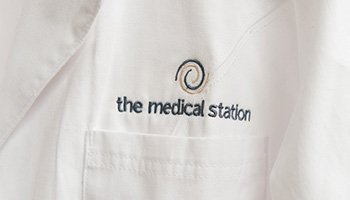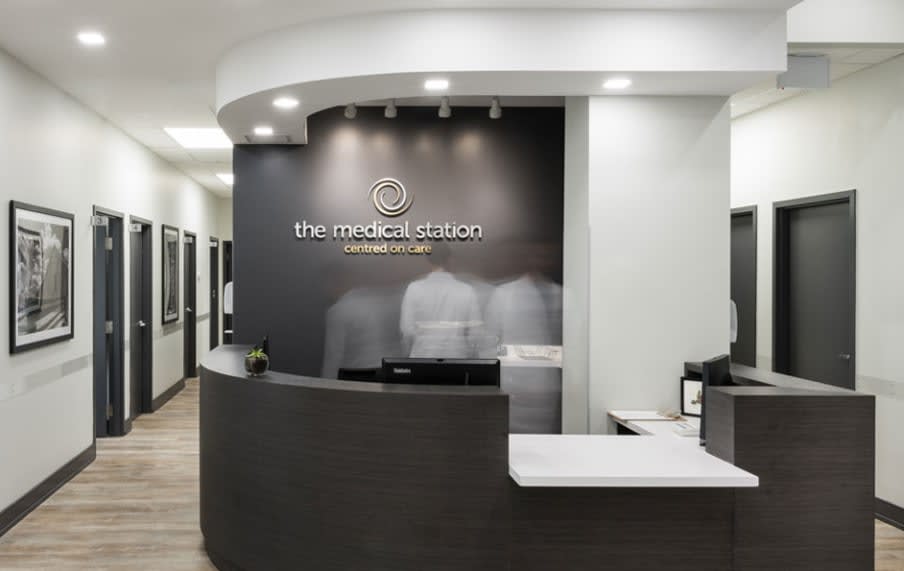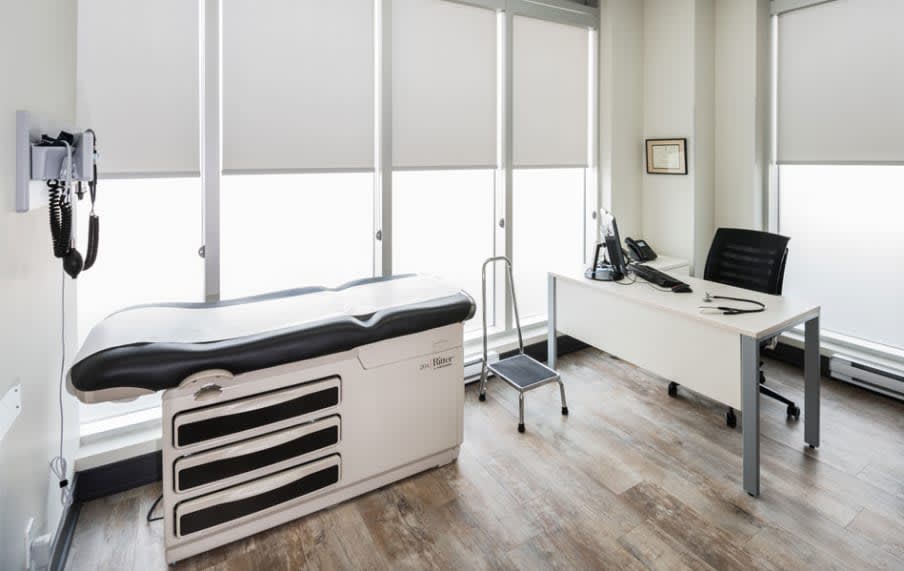The Medical Station
Welcome to North York's newest health & wellness centre.
Please select one of the quick link options below or scroll down the page to learn more.
Welcome To The Medical Station
New Patient Waitlist Closed
Please check the website for updates to our Waitlist.
Urgent Care After-Hours Clinic
Urgent Care Clinics will be operating virtually on the following dates:
Monday, April 8 through Thursday, April 11, 2024
In order to book an appointment, please email the clinic.
Appointments must be pre-booked for a same day appointment during regular office hours.
After Hours Clinic
Our after-hours clinics will be providing care in-office. The clinic is open Monday to Thursday from 5pm to 8pm and Saturday from 9 am to 12pm. The after hours clinic is closed on holidays. There is no telephone reception during the after hours clinics.
The after hours clinic is for truly urgent concerns that cannot wait until the next office day. It is not for long standing health concerns or forms that your family doctor should complete. Your cooperation will help ensure timely service for those requiring urgent care after hours. Prescription refills, immunizations, tests results, referrals, and requests for completing forms are NOT services provided during these appointments.
Patient registration closes 30 minutes prior to the clinic closing. Patient registration may close early due to high patient volume.
Office Closures
The office will be closed on Monday, May 20, 2024 for the Victoria Day Long Weekend.
For Existing Patients
As a result of the COVID-19 pandemic, we have made required changes to the clinic flow in order to keep you, your healthcare providers and the community safe. We want to reassure you that your safety is our main priority as our Family Physicians and Allied Healthcare Professionals provide you with the quality care you expect.

Why Our Clinic?
Comprehensive medical care in a welcoming, compassionate environment.

Meet Our Team
Your health & wellness is the first priority for everyone on The Medical Station team!

Patient Information
We constantly strive to make your visit a positive experience.

Frequently Asked Questions
Commonly Asked Questions about Our North York Family Practice.
The Medical Station is your health & wellness clinic in North York.
The Medical Station medical philosophy is 'centred on care' – we believe strongly in patient-centred and comprehensive health care, focusing on the whole person at all ages and stages of life. Offering a wide variety of services all under one roof means our team can take a collaborative approach, and put your convenience first.



